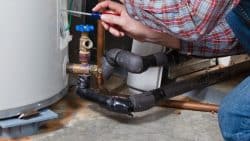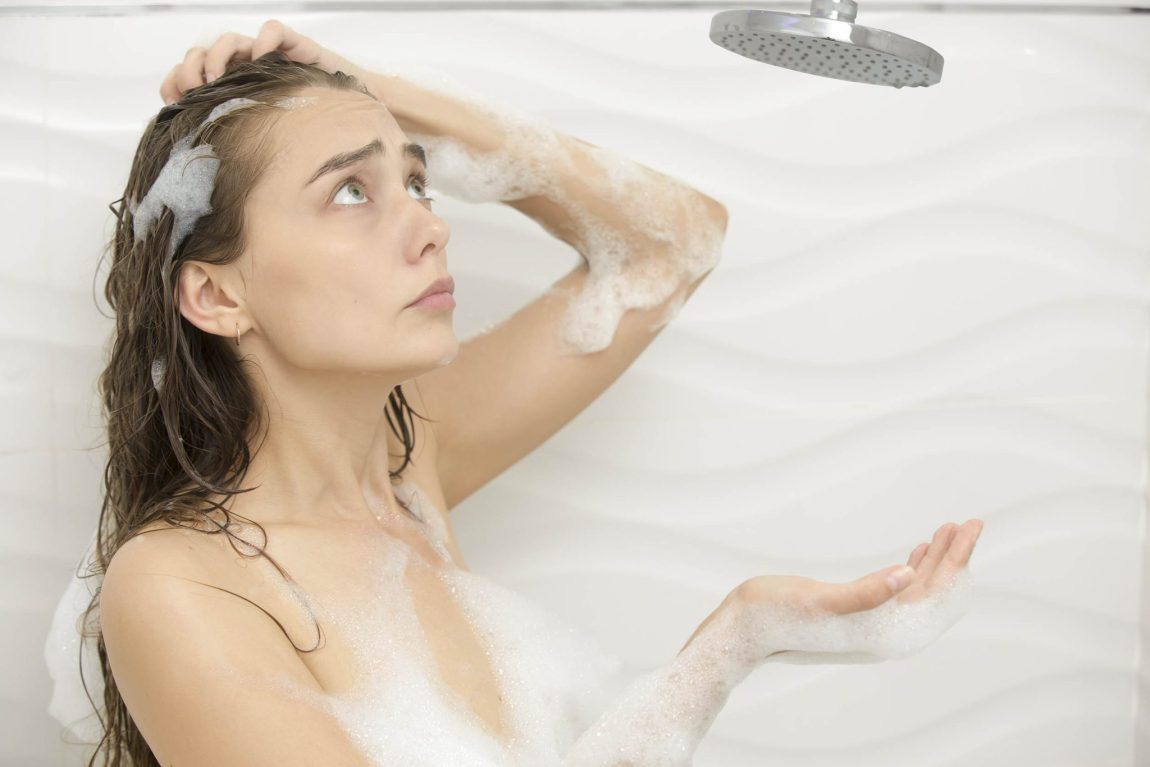
Hot Water System Has Failed?
Here’s What to Do Next!
My Hot water system has failed.
The feeling of waking up to find that your hot water system has failed is incredibly frustrating. It’s one of those unexpected problems that can really throw a wrench in your daily routine.
At Conrad Martens Plumbing and Hot Water, we solve hot water problems for our customers on a daily basis. In this post, we will look at an overview of the process we go through for each customer who requires assistance repairing or replacing your hot water system.
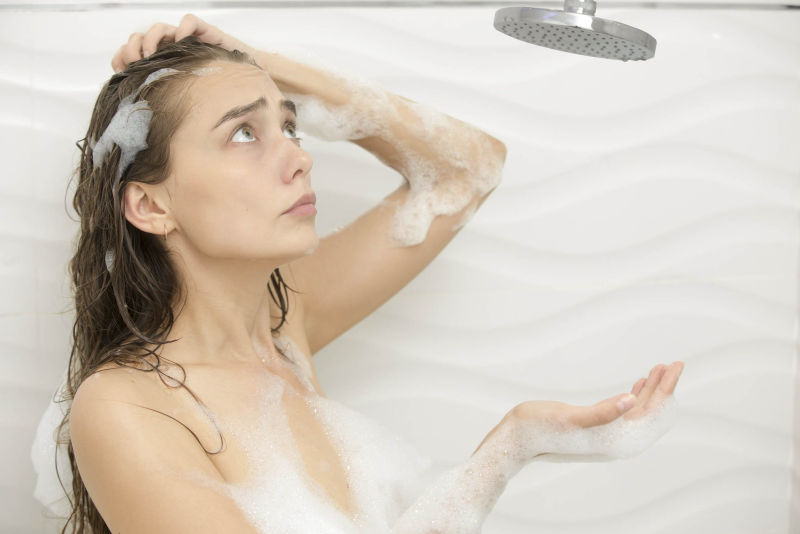
There are a number of different types of hot water systems commonly used. Whether you currently have an instantaneous system or storage tank system (see our details comparison between storage and instantaneous systems – https://www.conradmartens.com.au/blog/storage-vs-instantaneous-hot-water-systems-whats-the-difference-which-is-better/), If you are using gas, electricity or solar energy to heat the water, even a modern heat pump (see more information on heat pump system – https://www.conradmartens.com.au/blog/the-future-of-heat-pump-hot-water-systems-in-queensland/) our qualified technicians can supply and install the right system for you.
A hot water system consists of several interconnected components that work together to provide a reliable and consistent supply of hot water throughout a building or home. The heat source (E.g. gas burner or electric element) heats the water for storage in a tank or immediate use in an instantaneous system. The temperature of the hot water supplied by the system is controlled by a combination of the thermostat and the tempering valve. Depending on the type of system, you will also have a number of safety components including safe trays, Drain lines, pressure relief valves and sacrificial anodes.
What are the factors to consider before installing a water heating system?
If you’ve found yourself in need of a replacement hot water unit there are a number of points that should be considered. Obviously, the size of your current system is the first thing. In most cases, if you’ve been running a certain size hot water unit for several years without issue then the best thing to do is stay with that size. If you find yourself running out of hot water or having an increasing number of people living at the property then now is the time to increase capacity. Rheem’s sizing and selection guide is a great place to start (https://www.rheem.com.au/rheem/products/residential/help-me-decide) if you find yourself in this situation.
The type of system you have is also important. Is it gas, electric, solar, continuous flow, or a heat pump? Generally, staying with the same type of system you currently have is the safest option and will also help to minimize installation costs. Most new hot water units will be more energy efficient than the old model you’re replacing due to advancements in technology and consumer demand for more energy efficient water heating. However, there could be options which suit your situation, so we make sure to consider this at all times.
Need a new hot water system installed?
Please call, and we will be able to assist you today.
Call: (07) 3878 4444
We’ve got a brilliant team on the ground right now who’ll give you real, honest advice and a great price. And all our work is 100% guaranteed.
Installing a hot water system
Depending on the type of hot water system you’ve chosen or the style of unit you’re replacing, the installation process will change. But as a good overview, most systems will follow the same steps and include very similar setups.
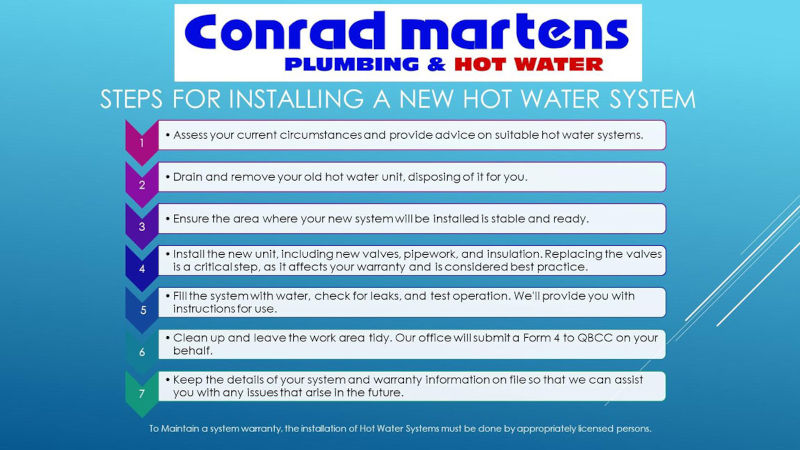
What’s the best practice when replacing a hot water system?
In Australia, the regulations which surround the installation of hot water units outline the minimum requirements which we need to meet. Further to this each state and even local council may have their own levels of compliance which go beyond the Australian standards. It is important that when you engage the services of a licensed hot water installer they are fully aware of these rules and your new system is compliant with them. This is for the safety of the people in your household but also to ensure the manufactures warranty isn’t void.
Installation of a new hot water unit should include the following things.
- All new valves. This is possibly the most important thing and often something plumbers exclude from quotes as a way to make pricing more appealing, only to inform you onsite that they are required and will be additional to the quoted price. For more information visit https://www.conradmartens.com.au/hot-water-systems-brisbane/leaking-valves-brisbane/
Tempering valve, Cold water expansion valve, non-return isolation valve, pressure limiting valve, temperature and pressure relief valve and in situations where the hot water unit is inside the house a leak detection valve may be required.
The Queensland Building and Construction Commission has released a video discussing these important valves and connections on hot water systems.
- Drain lines from the cold-water expansion valve and Temperature pressure relief valve. This needs to be run to a drain and cannot simply drip onto the ground or into a bucket. Stormwater or sewage drains are the best discharge points for this.
The Queensland Building and Construction Commission also has a video to explain drain lines
- Depending on the type of system you have location could impact the requirements. If it’s inside, it could need to be in a safe tray. If it’s a gas unit then it must be outside and the distances from doors and windows will need to be considered.
- Storage tanks need to be installed on a concrete base that also allows for adequate airflow under the tank. This protects the tank from premature corrosion.
- Insulation on all pipework and valves. This improves efficiency but is also mandatory on valves and pipework to and from the hot water unit.
- Issuing a form 4. This is a notifiable works form and needs to be submitted to the QBCC on completion of every new hot water installation and could trigger a random inspection by the plumbing inspectors. If so they will check your hot water unit has been installed correctly and in compliance with all the relevant regulations.
- In the case of electric hot water units, an electrical safety test will be conducted and documented on the invoice.
- Lastly, the area should be left in a clean and tidy condition with all rubbish removed. This should include the removal and disposal of your old hot water unit.
Once your system has been installed, the technician must correctly test and commission your new hot water system. The Queensland Building and Construction Commission has developed a short video to explain what your qualified plumber will complete in this final step.
Conclusion
A hot water system must be installed by a qualified hot water technician who must ensure that the system is correctly installed to meet the regulatory and warranty requirements above. The following diagram summarises these requirements.
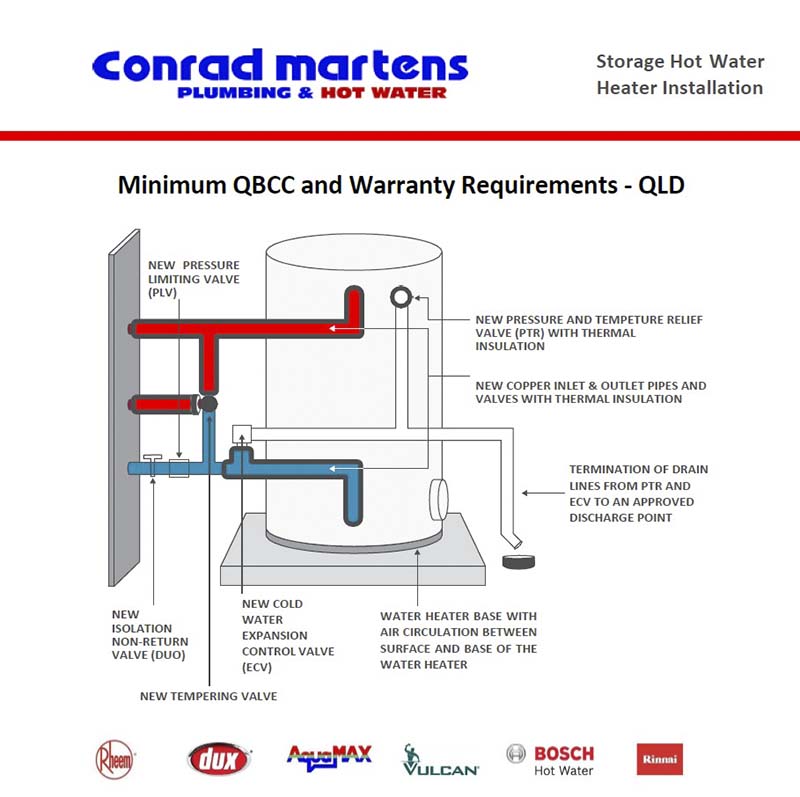
Replacement or repairs to your hot water heating can be a costly experience so it’s important to get the best knowledge and a good understanding of the issues you are experiencing. Whether your hot water unit needs repair or it’s time for a replacement, Conrad Martens Plumbing and Hot Water can sort it out and organise the correct parts to get the hot water flowing again.
Yours in keeping the good life flowing!
The Conrad Martens Team
For the best price, service and advice!


